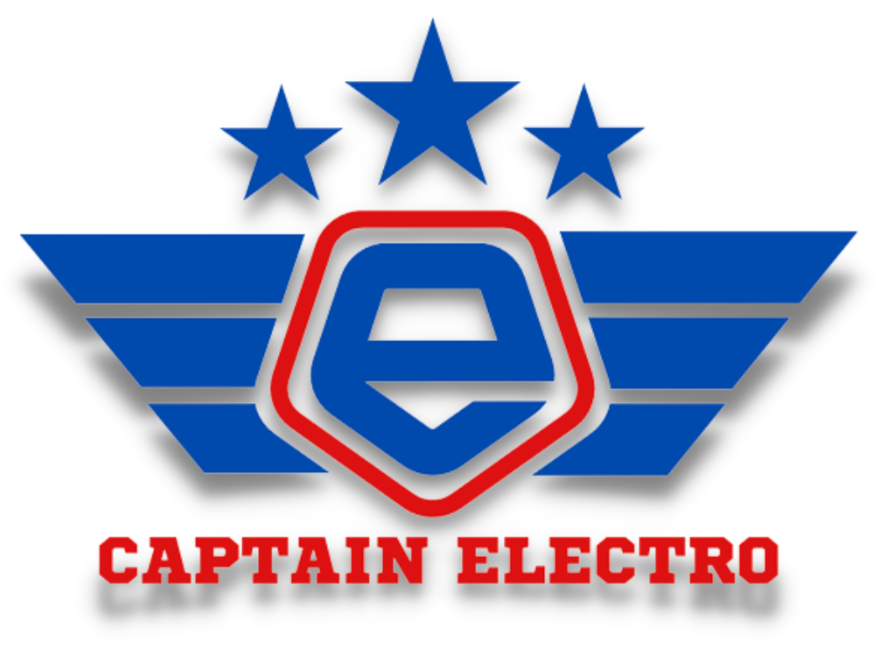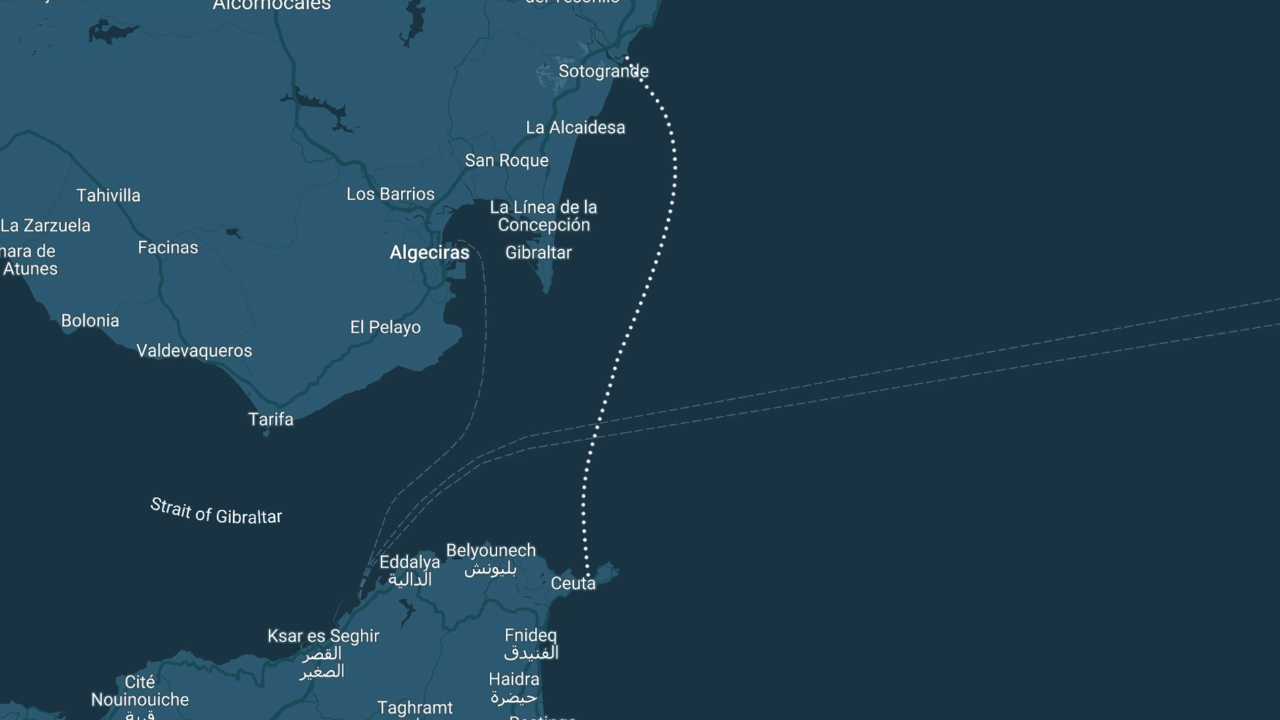An Electric Boat Just Flew Across the Mediterranean From Spain To Africa
Image Credit: Candela.
After many years of poking around anything with a motor, from two-wheeled buzzers to silent-flight sky-whales, I thought I had seen it all. And then something came along that made me sit up and spill my iced tea. A boat. An electric boat, no less. And it didn't just go for a genteel jaunt around the harbor; nope, it decided to pop over to Africa. From Europe.
I've always had a soft spot for electric boating. It's clean, it's mostly quiet, and it promises a future where we're not constantly apologizing to the fish for our life choices. But even I raised an eyebrow at this one. Crossing the Mediterranean in an electric boat? That's pretty much like trying to win the Indy 500 on a souped-up golf cart. Or so I thought.
Image Credit: Candela.
The vessel in question is the rather dashingly named Candela C-8 Polestar Edition. And it flies. Well, sort of. It's a hydrofoil, which means as it picks up speed, it lifts out of the water, looking for all the world like it's tiptoeing across the waves. The only bits getting wet are its computer-controlled hydrofoils, which, by the way, cut down energy use by about 80% compared to those old-fashioned boats that actually stay in the water.
Gustav Hasselskog, the CEO of Candela (brave man, or just really, really confident in his creation), piloted this sleek water-skipper across the Strait of Gibraltar. That's a cool 24 nautical miles, give or take, from Sotogrande in sunny Spain to Ceuta in North Africa. And it did it in just over an hour! That's as fast as the regular gas-guzzling fast ferries, but without the soundtrack of a thousand angry hornets or the charming aroma of diesel.
Image Credit: Candela.
And because once just isn't enough when you're making history, after a quick battery top-up in Ceuta, they turned around and did the whole thing again, back to Europe. The Strait of Gibraltar, for those who haven't had the pleasure, isn't exactly a millpond. It's where the Atlantic throws a bit of a tantrum as it meets the Mediterranean, with currents and chop that can turn your knuckles white and your face green. But did our intrepid C-8 care? Apparently not. Gustav said they "couldn't feel the waves," even while the poor souls in the conventional photo boat were bouncing around like lottery balls.
Candela says this wasn't just a jolly jaunt to get some nice photos (though I'm sure they got plenty). They're eyeing up a bigger prize: showing that their upcoming P-12 electric ferry, a 30-passenger hydrofoiling marvel already doing its thing in Stockholm, is ready for prime time. They reckon there's a whole world of short regional ferry routes currently choked by big, smoky diesel ferries that could be revolutionized.
Image Credit: Candela.
Here are the stats for the trip - and frankly, they are a bit startling. The Gibraltar crossing slurped up a 40 kWh of electricity. That's about $9 worth. Nine dollars to cross to another continent! My last taxi to the airport cost more. Meanwhile, the gasoline-powered photo boat that tagged along used about 13 gallons of fuel, costing around $102. And we haven't even touched on the lower maintenance costs of electric or the sweet, sweet sound of silence.
This particular C-8, the Polestar Edition, is a bit of a special one, developed with the clever folks from the electric car world, Polestar. It packs a 69 kWh battery, can fast charge to 80% in about 30 minutes (just enough time for a decent tapas, I'd say), and boasts a range of 57 nautical miles at a cruising speed of 22 knots. Candela claims it's the longest-range and fastest-charging electric boat out there right now. And, because style matters, even when you're saving the planet one wave at a time, the foils are painted in Polestar's signature Swedish gold. A nice touch.
Image Credit: Candela.
To make this all happen, Candela teamed up with Avangreen, a clean energy company in Ceuta. It's all part of a grander vision for sustainable marine infrastructure, which sounds important and probably involves a lot of meetings, but if that's what it takes to have more silent, flying boats, then so be it.
But what does this all mean for us, mere mortals? Are we all going to be commuting to work on personal hydrofoils next week, hair whipping in the wind, looking like extras from a futuristic movie? Probably not next week. But it's a thrilling glimpse into what's possible. It shows that electric power is a little bit more than just golf carts and city cars. It's ready to take on the rough and tumble of the open sea.
It is achievements like this that chip away at the skepticism, even mine. It's one thing to talk about a greener future; it's another to actually fly an electric boat to Africa on less energy than it takes to power my hairdryer for a month. Alright, maybe that's an exaggeration, but you get the idea. The future of marine travel is looking decidedly electric, and rather exciting. If only they could make one that serves a decent gin and tonic, they'd really have cracked it.





